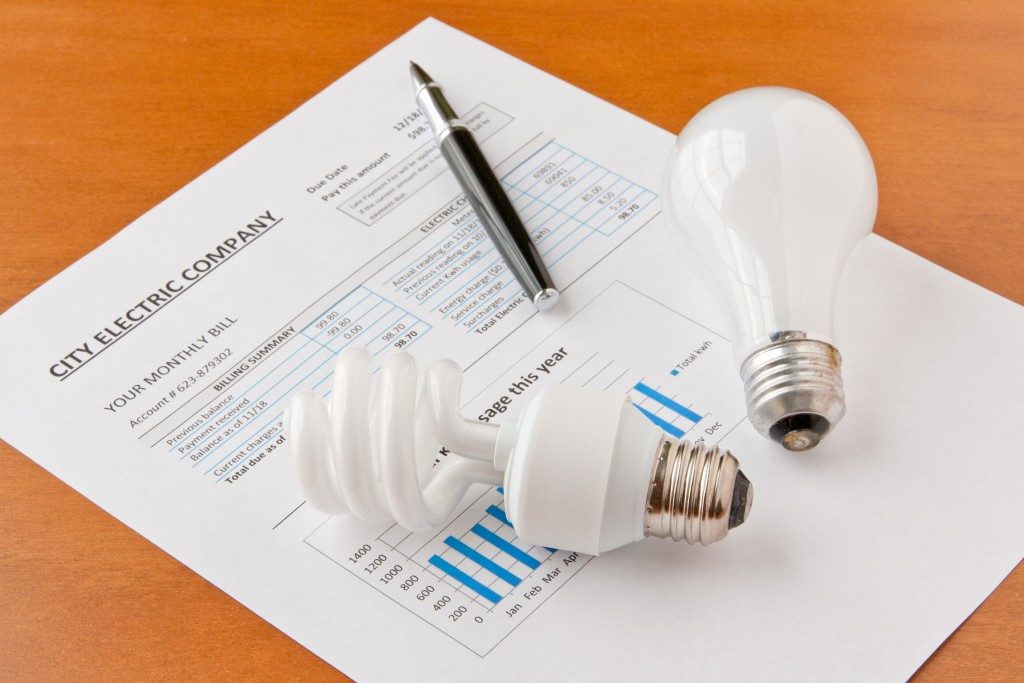Pumpkin-spiced lattes, falling leaves, and a crisp breeze—all are symbolic of the upcoming fall and winter seasons. Lots of people love this time of the year, what with Halloween, Thanksgiving, and Christmas bringing family and friends together, enjoying the holidays, and eating great food.
If you’re one who is mindful about your energy consumption, remember that cooler weather brings with it slight changes to how your home consumes energy. Typically, U.S. households use 200 kWh more energy in the winter than the average energy use in the summer. Fortunately, some places generate renewable energy to support the higher demand, like the wind farm projects in Chevelon Butte, Arizona.
So if you want to decrease your carbon footprint and save on energy costs at the same time during the upcoming cold months, enact these fall and winter energy-saving tips:
Perform Essential Home Repairs
The period between the end of summer and the start of fall is the perfect time to do some serious home maintenance and repairs. The weather is cooling down so there’s no oppressive heat to contend with as you work. What’s more, you can focus on repairs that your home needs to be equipped for the colder months. These tasks include:
Upgrading your windows
If you have single-pane windows, it’s essential to upgrade them to double-pane before the cold permanently sets in. The two panes of glass and the air between them help slow the transfer of heat and cold, making your windows more energy efficient.
Adding or installing insulation
 A well-insulated house has comfortable indoor temperatures. You won’t be plagued with temperatures that are too cold or too hot, as such you won’t need much cooling or heating, making your home very energy efficient. So, make sure that your insulation is sufficient and hasn’t degraded. Otherwise, contact professionals and have your home insulated properly.
A well-insulated house has comfortable indoor temperatures. You won’t be plagued with temperatures that are too cold or too hot, as such you won’t need much cooling or heating, making your home very energy efficient. So, make sure that your insulation is sufficient and hasn’t degraded. Otherwise, contact professionals and have your home insulated properly.
Winterizing your house’s structure
Cracks in your windows, doors, and other parts of your home’s structure may have developed and you just didn’t notice. These cracks let heat escape, which could lead you to turn up your thermostat, thereby consuming more energy. So, check for where air might leak, like your vents, door frames, windows, and even letter drops.
Use Modern Technology
Lots of smart gadgets come with the ability to help you save on energy costs. When used properly, these smart technologies become valuable investments. Some of the things you might want to consider include:
- LED lights – This type of lighting uses less electricity and lasts much longer than incandescent and fluorescent lights.
- Smart power strips – When electronic products are plugged in but not in use, they still consume energy. Smart power strips prevent this unnecessary usage by automatically shutting off the power to these electronics.
- Programmable thermostats – These devices allow you to customize heating schedules depending on when you’re at home or not. According to the Environmental Protection Agency (EPA), using programmable thermostats can save you 10 to 30 percent on your heating and cooling bills.
You can stay comfortably warm in the coming months without racking up large energy bills or leaving too big a carbon footprint. By doing the tips above, you’ll save money and conserve energy at the same time.

